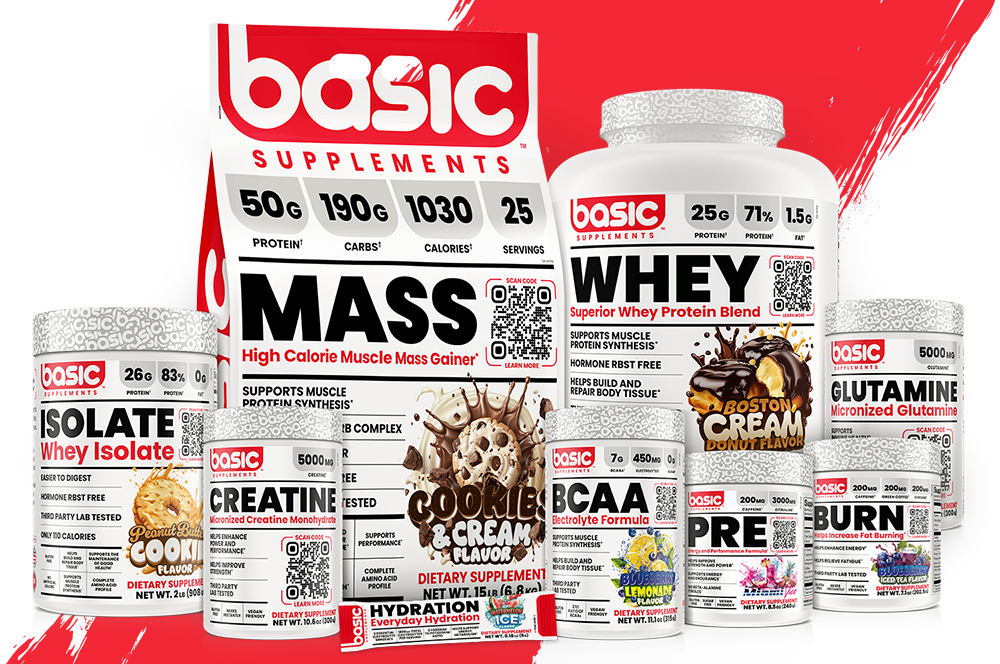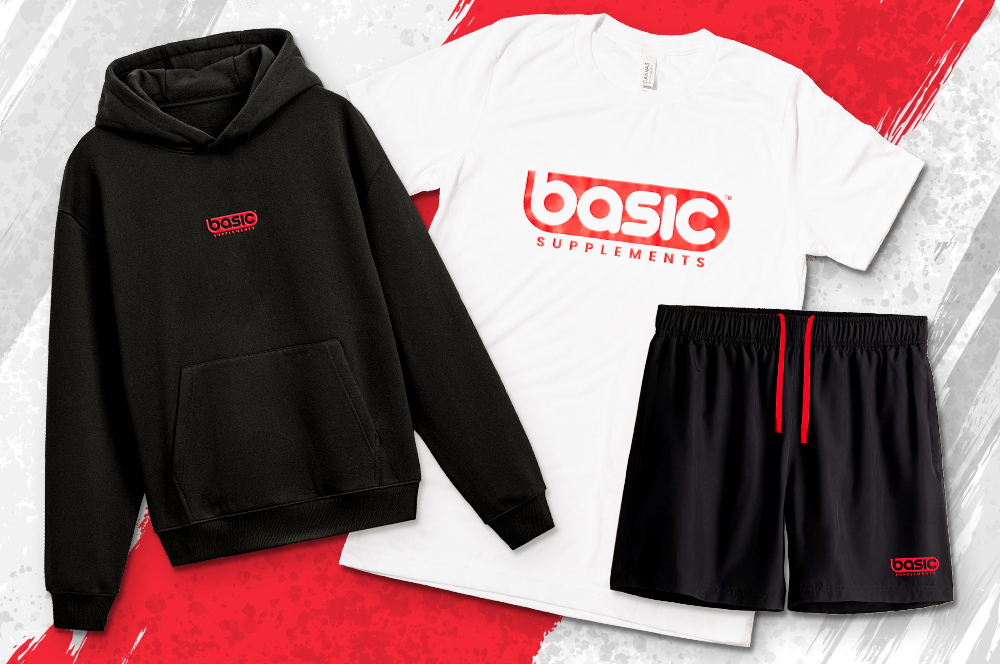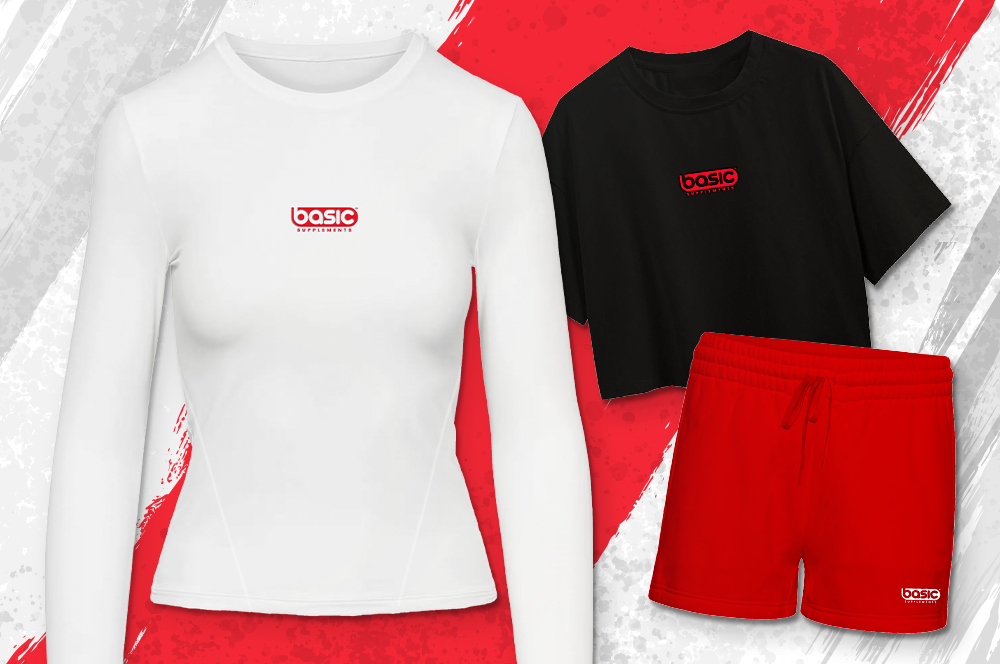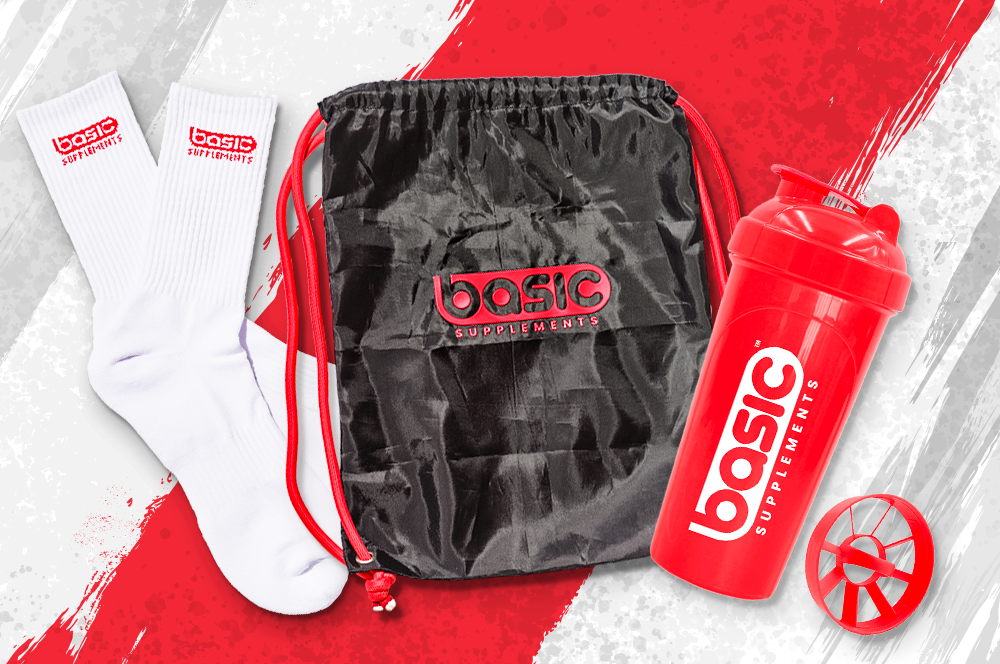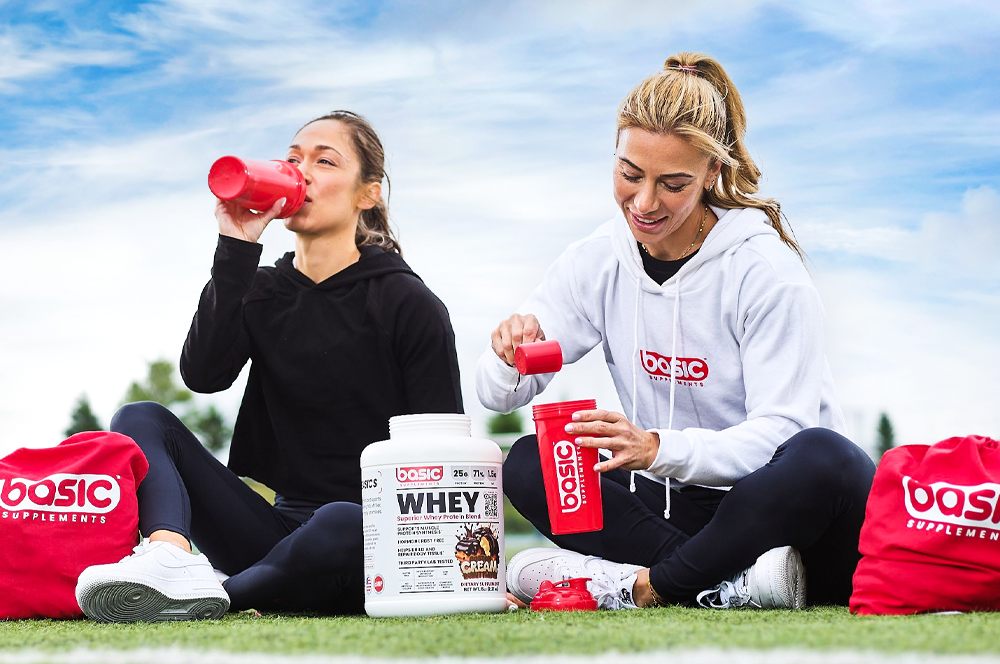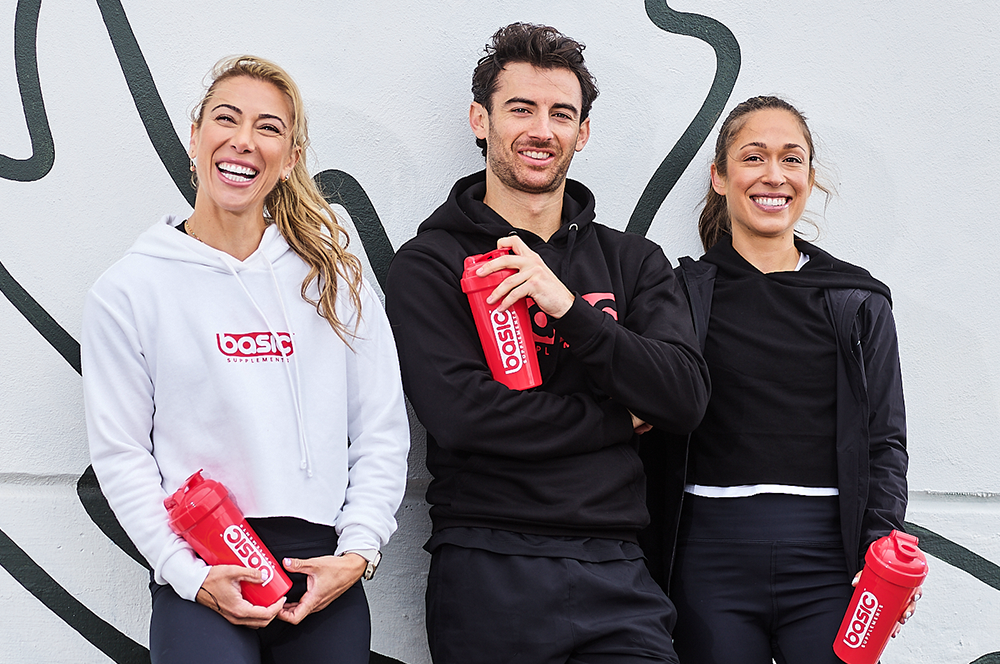Why Protein Type Matters
At first glance, choosing a protein powder might seem simple: scoop, shake, and move on. Yet the reality is more nuanced. Indeed, protein powders are not interchangeable, and the distinctions extend far beyond taste or brand preference.
Each format: whey concentrate, whey isolate, clear whey isolate, and hydrolyzed beef protein isolate, offers a unique nutritional profile, digestibility pattern, and physiological effect. Some are optimized for maximizing muscle protein synthesis (MPS), while others emphasize joint recovery, digestive comfort, or a lighter drinking experience.
For athletes, lifters, and performance-driven individuals, understanding these differences is not trivial; it’s the difference between a protein that accelerates recovery and one that leaves you bloated, under-fueled, or short of your goals.
This guide unpacks the science behind each option, compares them side by side, and helps you determine which best fits your training, recovery, and long-term health goals.
Whey Protein 101: The Gold Standard in Sports Nutrition
Whey protein remains the benchmark in sports nutrition for good reason; it’s rapidly digested, exceptionally rich in essential amino acids, and particularly dense in leucine, the amino acid most responsible for triggering muscle protein synthesis (MPS). When consumed after training, whey produces a sharp rise in plasma amino acid levels, kickstarting the recovery and rebuilding process with remarkable efficiency.
Yet whey is not a single, uniform product. Different processing techniques yield distinct forms: concentrate, isolate, and clear isolate, each with its own functional advantages, nutritional profile, and digestive considerations. Understanding these nuances can help you select the version that best aligns with your goals, physical needs, and performance requirements.
*Whey Protein Concentrate (WPC)
Whey concentrate is the least processed of the whey proteins, typically containing 70–80% protein by weight, with the remainder made up of lactose, milk fats, and naturally occurring minerals. Because it undergoes minimal refinement, concentrate retains a spectrum of native milk peptides that may have additional bioactive effects, such as supporting immune function or gut health; an area still being explored in research.
From a practical standpoint, WPC has a creamier, richer texture than other forms, which many athletes find more satisfying in a shake. However, its higher lactose content can be problematic for those with dairy sensitivities, often causing bloating, gas, or digestive discomfort. It also contains slightly more carbohydrates and fats per serving, which may not suit athletes in strict calorie-controlled or cutting phases.
*Whey Protein Isolate (WPI)
Whey isolate is refined through microfiltration to remove most of the lactose and fat, resulting in a protein content of over 90%. This higher purity makes it more efficient for delivering protein without unnecessary calories, and more tolerable for individuals with mild lactose sensitivity.
Functionally, WPI is highly effective at rapidly elevating amino acid levels, making it one of the most reliable options for stimulating muscle protein synthesis. It also mixes smoothly into lighter shakes compared to concentrate, though it lacks some of the natural creaminess. The trade-off is cost; isolates are more expensive due to the additional processing, and despite the reduced lactose, they may still not sit well with individuals who are very sensitive to dairy proteins.
*Clear Whey Isolate
Clear whey isolate takes refinement a step further, producing a protein that dissolves into a transparent, fruit-juice–like beverage rather than the traditional milky shake. Each serving typically provides 20–25 grams of protein, with rapid absorption comparable to standard whey isolate.
The appeal of clear whey is largely sensory: it is lighter, more refreshing, and often easier to consume after an intense workout when appetite may be suppressed. Many athletes find it especially useful in hot weather or during phases when the taste of thick shakes becomes unappealing. However, because it requires additional processing and flavoring to achieve this clear, juice-like format, it often contains more acidulants, sweeteners, and flavor agents than traditional whey powders. Some products also have slightly lower protein density per scoop compared to WPI.
Beef Protein Isolate: Clean Fuel with a Collagen Edge
Whey may dominate the sports nutrition space, but hydrolyzed beef protein isolate is gaining traction as a high-quality, dairy-free alternative to protein powder. Produced from lean beef and broken down into smaller peptides through enzymatic hydrolysis, it digests efficiently and is naturally free from lactose, soy, and gluten. Each scoop typically contains around 27 grams of protein with zero fat and zero sugar, making it a clean option for precise nutrition.
Research suggests that beef protein isolate can deliver muscle and strength gains comparable to those of whey, while offering unique advantages. Its amino acid profile is particularly rich in glycine, proline, and hydroxyproline, nutrients central to collagen formation and connective tissue support. For athletes managing joint stress or looking to maintain long-term resilience, this collagen-supporting protein offers benefits that whey does not provide to the same degree.
From a digestive perspective, beef isolate is often easier to tolerate than dairy-based proteins, with fewer reports of bloating or GI discomfort. Its hydrolyzed form also promotes rapid absorption, although its leucine content is slightly lower than that of whey, meaning it may not stimulate muscle protein synthesis as strongly in isolation. Still, its collagen-supportive profile and clean macros make it a smart complement or alternative.
Best suited for: individuals with lactose intolerance or avoiding dairy, athletes with sensitive digestion, and those seeking a protein that supports both muscle recovery and connective tissue health. Its lighter mouthfeel, often closer to a sports drink than a thick shake, also makes it appealing for anyone who wants protein without the heaviness of traditional powders.
Hydrolyzed Beef Protein Vs. Whey

Who May Want to Consider Beef Protein
While whey remains the most studied and widely used option, beef protein isolate may be the better fit for certain athletes. For those who are lactose-intolerant, or who still experience discomfort even with whey isolate, beef protein offers a completely dairy-free solution. Its naturally high levels of glycine, proline, and hydroxyproline also give it an edge for lifters looking to manage joint stress, since these amino acids directly support connective tissue recovery.
Digestive comfort is another reason some athletes prefer beef iso. The hydrolyzed peptides are lighter, easier to tolerate, and less likely to cause bloating. Its clean macro profile also makes it well-suited for cutting or recomposition phases where tracking precision is key. And for those following paleo or animal-based frameworks, beef protein fits seamlessly into a dairy-free eating style.
Tips for Choosing the Right Protein for You
The right choice depends less on which protein is “best” overall and more on which one aligns with your body and goals.
Practical Stacking Ideas
Different protein sources don’t need to compete with each other. In fact, many athletes find they get the best results by combining them strategically:
A Smarter Stack Starts with the Right Source
Ultimately, the best protein powder isn’t about chasing the biggest numbers on a label; it’s about finding the source your body tolerates well, supports your goals, and fits into your routine with consistency. Whey remains the benchmark for stimulating muscle protein synthesis, while hydrolyzed beef protein isolate offers a clean, dairy-free option with added benefits for digestion and connective tissue support. Both have their strengths, and many athletes benefit from using them in different contexts. At Basic Supplements, we provide pure, high-quality options across both whey protein and beef protein, so you can build a protein strategy that aligns with your physiology, training demands, and long-term health.


